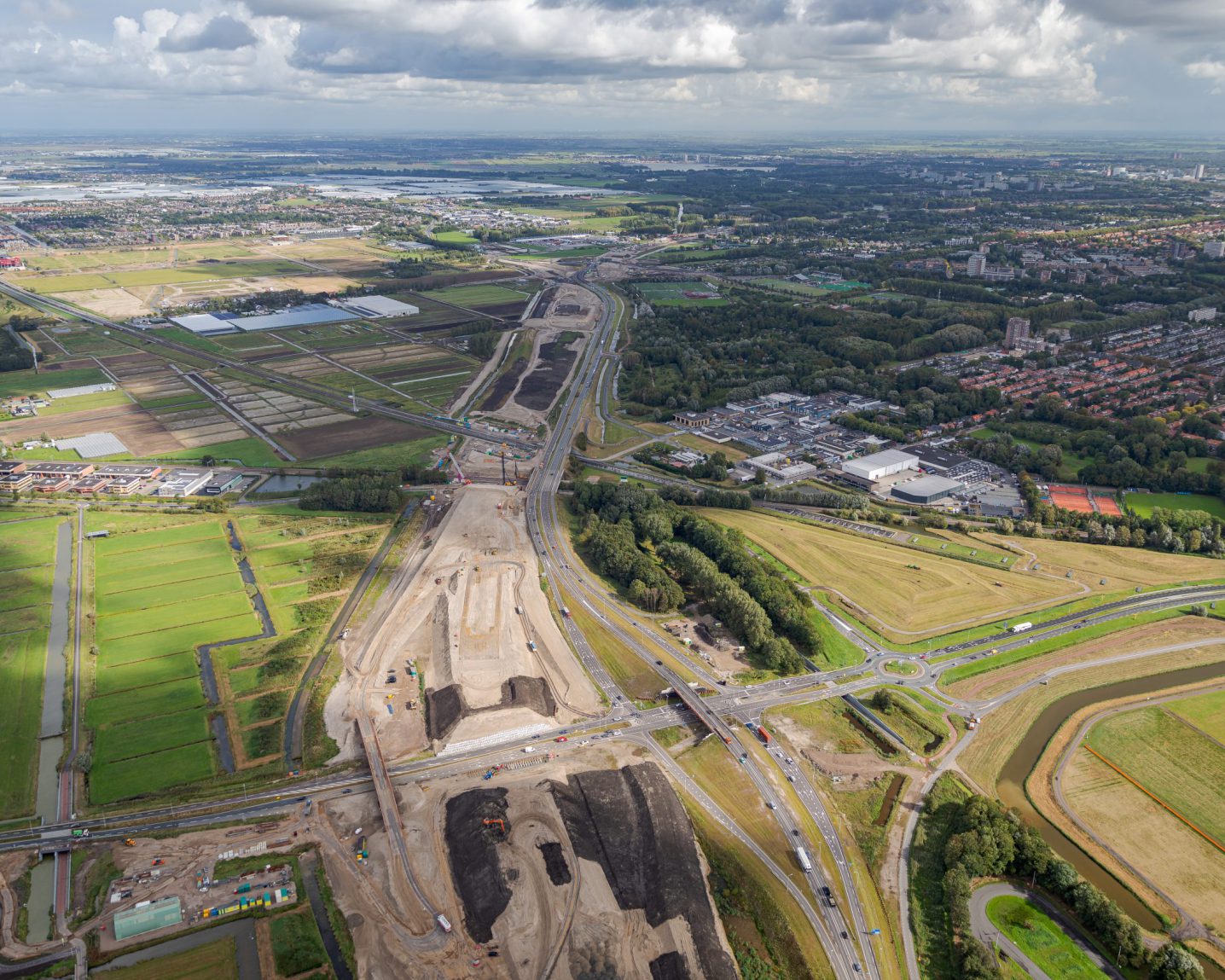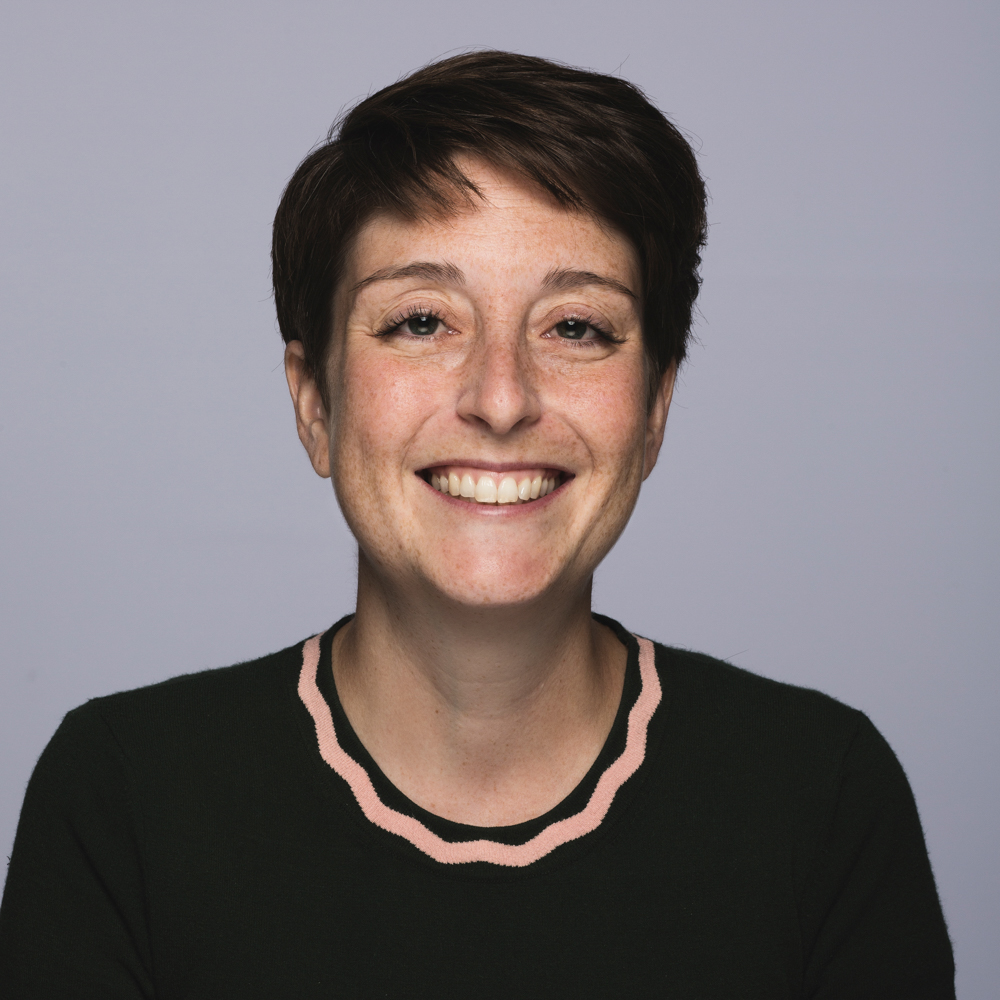A sustainably built, energy-neutral highway
Rijkswaterstaat is realizing the A16 Rotterdam, the new connection between the A16 at Terbregseplein and the A13 at Rotterdam The Hague Airport. The 11-km long national highway improves accessibility and quality of life in the north-eastern part of Rotterdam.

The challenge
There are currently a lot of traffic jams on the highways surrounding Rotterdam, which are getting worse as Rotterdam is growing. The new highway will also ensure that all traffic between the south of the Netherlands and other bigger cities in de Randstad – such as Den Haag, Leiden, Delft and Amsterdam – will have improved connections. This will alleviate the A20, which crosses the northern part of Rotterdam.
The approach
The A16 Rotterdam is a DBFM-project (Design, Build, Finance & Maintain), commissioned by Rijkswaterstaat to De Groene Boog. This means that De Groene Boog is responsible for designing, building, financing and maintaining the highway. The 11-kilometer long highway connects the A13 at the Rotterdam The Hague Airport to the Terbregseplein junction of the A16. This will reduce traffic on both the A13 and the A20, and on parts of the local road network. The new connection will decrease congestion, improve mobility and thereby improve the living conditions in the region of Rotterdam. The project will also include the construction of a 2.2km tunnel, as well as two underpasses and three railway crossings for the high-speed railway line “HSL Zuid”, the Rotterdam-Utrecht railway and the light rail between Rotterdam and The Hague. After realization of the highway is finished, De Groene Boog will be responsible for maintaining the new A16 for 20 years.
The 2,2-kilometer long tunnel will be the first energy-neutral highway tunnel of the world. Solar panels will generate all the energy required to operate the roadside and tunnel lighting, as well as all other tunnel installations. Additionally, the fact that the highway is being built in a highly populated area, leads to seeking out innovative solutions.
With the tunnel going both under the river the Rotte and the Lage Bergse Bos, exceptionally quiet asphalt and sound-absorbing noise barriers, the energy-neutral A16 Rotterdam will become one of the best integrated national roads in the Netherlands. Once the highway is realized, when standing in the Lage Bergse Bos, one won’t be able to notice at all that there is a highway tunnelling under the under this important area of nature and recreation.
Rebel, in cooperation with the consortium partners of De Groene Boog, produced the tender documents that eventually led to De Groene Boog being awarded the project. Rebel is also one of the investors the SPC of the Groene Boog and took some roles in the project organization. Among other things, Rebel is the manager of a process called EMVU. The goal of this process is continuous improvement during the realization of the project, in a mixed team with both public employees and employees of the consortium.
Impact
A sustainably built highway improves the living conditions and mobility in the region of Rotterdam.
